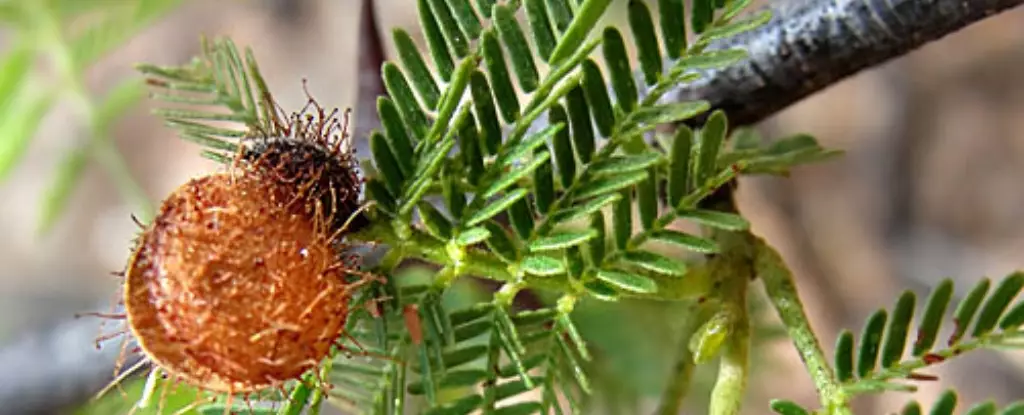For centuries, Indigenous cultures in Brazil have utilized the jurema preta plant, revered for its deeply spiritual significance and its psychoactive properties. This plant, particularly its roots containing dimethyltryptamine (DMT), has recently begun to attract mainstream attention as a potential therapeutic avenue for mental health disorders like depression. Comparatively few substances manage to transcend their cultural contexts and emerge as compelling options for contemporary psychological disorders. Jurema preta’s journey from Indigenous rituals to a subject of scientific inquiry exemplifies such a transition, and highlights the urgent need for comprehensive understanding and responsible application of these psychedelic substances.
Scientific Exploration
The enthusiasm surrounding jurema preta stems largely from recent clinical studies undertaken by researchers, most notably at the Brain Institute of the Federal University of Rio Grande do Norte. Physicist Draulio Araujo has been at the forefront of this research, substantiating the claim that DMT can provide rapid relief from the symptoms of depression. Araujo’s studies, involving a small cohort of 14 participants who inhaled vaporized DMT under carefully controlled medical supervision, reflected impressive results. Patients reported marked improvements in their mental health, often within just 24 hours after treatment. However, it’s crucial to approach such findings with caution. Despite these promising outcomes, Araujo emphasized that DMT is not a universal remedy—it may not work for everyone and should not replace traditional treatments without appropriate medical guidance.
The User Experience
Personal accounts from users of jurema preta further illuminate the complex interaction between the psyche and this psychedelic substance. Guaracy Carvajal, a 31-year-old software programmer, shared his personal odyssey with chronic depression and the transformative experiences he attributed to jurema preta. Carvajal articulated that using DMT felt like unlocking a part of himself that had long been closed off, suggesting a profound cathartic experience that many users crave. However, his story serves as a reminder that while such experiences can lead to significant improvements, they are not a guaranteed panacea. The nuances of each individual’s psychological landscape mean that outcomes can vary widely, a sentiment echoed by neuroscientist Fernanda Palhano-Fontes, who acknowledged the uneven therapeutic benefits seen among patients.
A Grounded Approach to Psychedelics
Importantly, treatment with jurema preta is not merely about the substance itself; it is integrated into a broader therapeutic context that includes psychological support. This multifaceted approach is essential for maximizing therapeutic potential while minimizing risk. Notably, some participants continued their journeys alongside conventional antidepressant medications, undermining the often simplistic narrative that psychedelics are a straightforward alternative to established treatments. Moreover, this highlights a significant opportunity for integrative mental health practices where various modalities—traditional pharmaceuticals, psychotherapy, and psychedelics—may coexist fruitfully.
Societal and Legal Implications
Brazil’s unique relationship with DMT, particularly regarding the legal status of jurema, provides fertile ground for further exploration in both scientific and spiritual contexts. While the cultivation and possession of jurema are legal, the consumption of DMT remains restricted to religious and scientific uses. This nuanced legal landscape creates both opportunities and challenges for further research and public acceptance. The plant’s cultural roots in Indigenous ritual practices enrich its modern exploration but also require a level of respect and understanding that must permeate scientific investigations.
Future Directions in Research
Araujo’s ambition to broaden his studies—including a proposed trial with 100 participants—signals a commitment to unlocking the full potential of jurema preta. There is an earnest hope that within the next five years, substantial evidence will clarify the role that DMT may play in clinical settings for mental health treatment. As interest grows both in academic and grassroots circles, it remains essential to balance curiosity with caution; the path to unlocking the therapeutic potential of psychedelics must be paved with rigorous research and an acute awareness of the cultural implications involved.
In the ever-evolving landscape of mental health treatment, jurema preta represents a powerful intersection of tradition, science, and the human quest for healing, casting a hopeful light on the future of depression therapy.


Leave a Reply